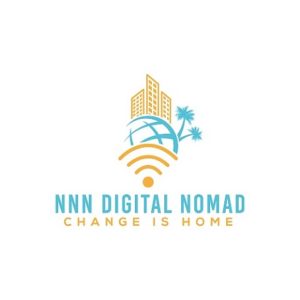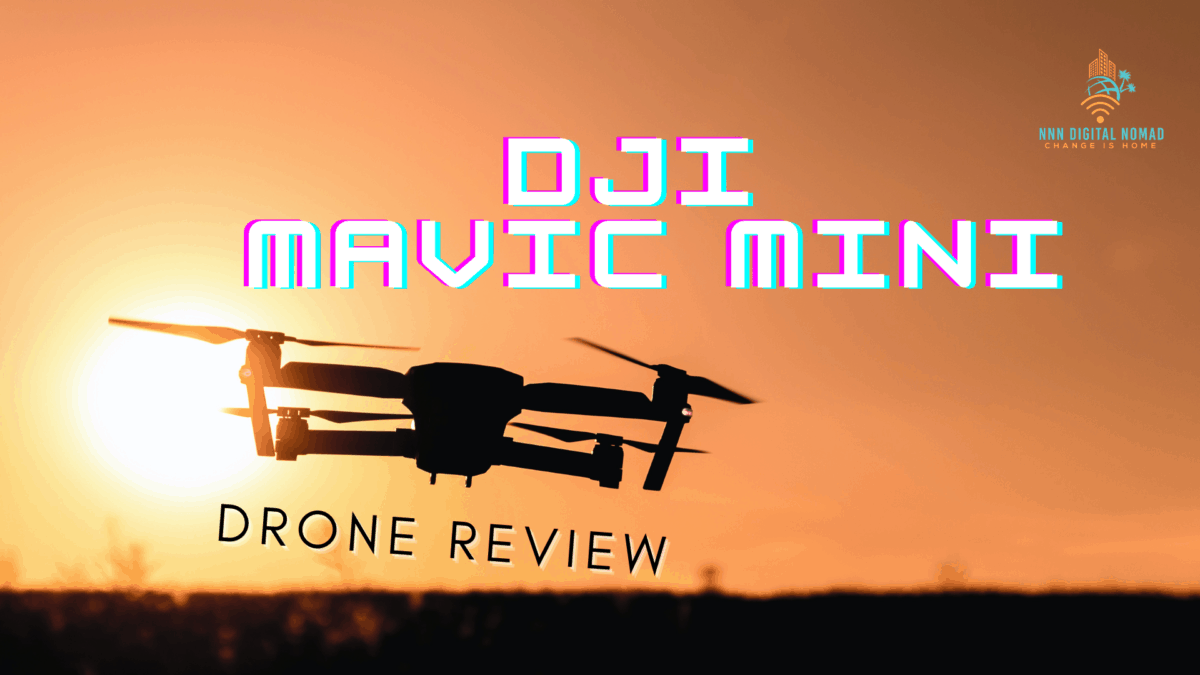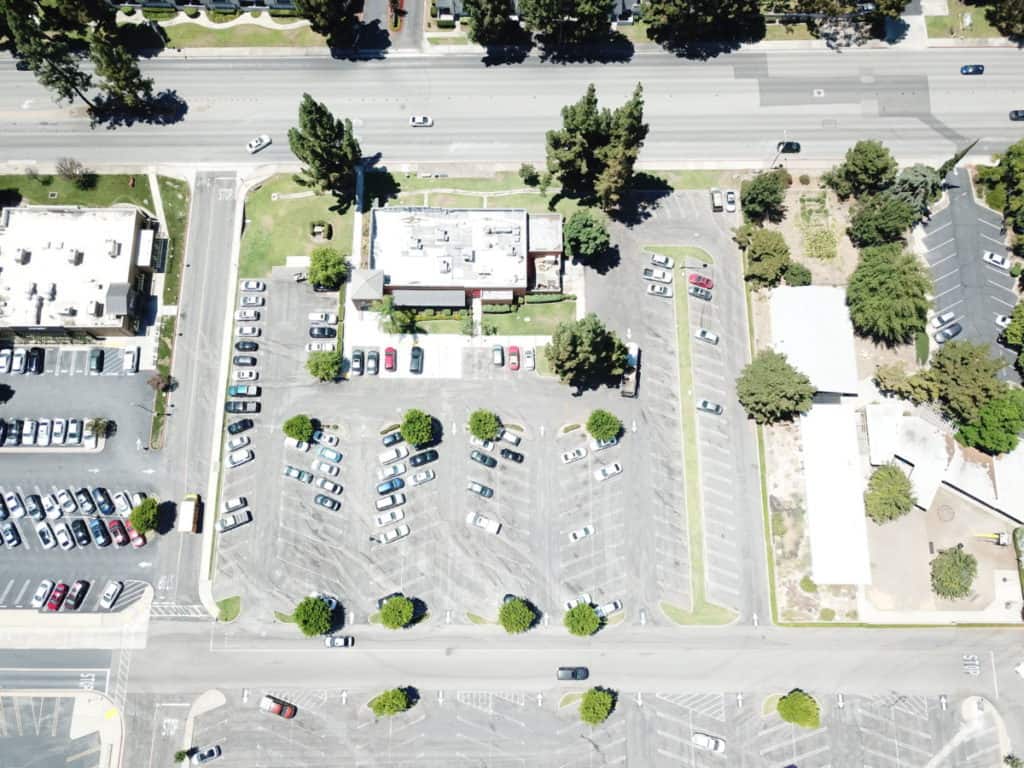Are you just starting out with real estate photography? Perhaps, you’re a real estate agent exploring new technologies or a landlord who is interested in using drones for their own real estate footage? As a broker myself, I have noticed it’s a toss up if a client will bust out pictures of their kids or their properties first.
Drones have become a standard in real estate photography. They can be used to create 3D footage, orthomosaic footage, and aerial images and videos. But, quality drones are also expensive and challenging to master.
In this article, I will review whether the DJI Mavic Mini Drone for real estate gives good results, what you can expect when using it, and how it compares with other drones.

An Overview of the DJI Mavic Mini Drone for Real Estate
The DJI Mavic Mini is a small drone that can easily fit onto your palm, and it’s also fun to fly. It is very lightweight and convenient, and this review will look into the abilities of this small drone to cater to professional real estate photography.
DJI Mavic Mini Drone Pros
Aside from its convenience size, its camera specifications are quite solid for its price.
- Three axis stabilization
- Nearly 30-minute flying time
- Don’t have to register it with the FAA; you can simply fly it and have fun with it
DJI Mavic Mini Drone Cons
- Needs to be charged through a USB
- Lacks active track mode
- Can’t customize images with this drone
- Difficult to track it in the sky
This model also has a major downside, which is that you can’t shoot a 4K video. Still, most people are satisfied with a 2.7K camera. As long as you’re not shooting a music video, this drone will do just fine for your property Offering Memorandums and Flyers.
How Does the DJI Mavic Mini Work?
This drone comes in a nicely designed carrying case with three extra batteries, each individual battery giving you around 30 minutes in the air. It also has accessory cables, a remote controller, and replacement rotors.
The drone’s flying modes are:
- Position (P): best for basic operations and beginners
- Sports (S): for advanced operations
- CineSmooth (C): extends braking time to give smoother, sharper shots and is used to create more cinematic footage
The DJI Mavic Mini’s interface is easier to use than its predecessors. For example, you can create professional, pre-programmed movements around the objects you’re aiming to shoot.
Another important downside to mention is that you can’t tweak your image or video. There is no way of optimizing the image, sharpness, or white balance control. This means you will face some color shifts if your shot captures changing light. But, how do the other relevant features perform?
- Camera. The drone’s camera has a fixed f2.8 aperture with a 24-millimeter lens. Its image sensor will create only JPEG images of 12 megapixels and film at 2.7 K /30 pixels and 1080/30 pixels.
- Footage length. Now, let’s talk about the features that are missing from this design. Although small, cheap, and light, it’s USB charging and the lack of the ability to create a 4k video might be problematic.
If you want your footage to be higher than 2.7K, you will have to get a different drone like Mavic Air 2, Mavic Pro, or The Mavic 2 Zoom. Regardless of these limitations, the footage that this drone is able to create still looks good, and three axis stabilization gives smoother results.
- Safety. This drone has neither front nor rear collision avoidance sensors and this is why it is recommended to keep it within your eyesight. You won’t be able to rely on the drone’s tech to keep it safe. Instead, you will simply have to become skilled in piloting it.
- The DJI Mavic Mini also can’t follow selected objects as it misses the DJI Active Track. However, the price of this drone is fair for the quality you receive. This Mini drone averages between $350 and $500 in price.
- Regulations and FAA. Keep in mind that regulations differ across the country and the globe when you’re taking your small drone with you.
Make sure you’re allowed to fly it before risking paying a fine or even getting arrested. Remember to obtain all the necessary licenses (if needed) for filming in a neighborhood and surrounding houses.
- You also can’t manually set up shutter speed. This can create overexposed images if you are shooting in high contrast sceneries. There is, however, an option to switch to manual shutter speed.
Overall, the DJI Mavic Mini has fewer features and is more convenient. It does manage to pack all of the utility of more expensive drones and larger machines into its small size. Its price is affordable compared to its abilities and its predecessor, the DJI Spark, which was heavier and $100 more expensive.
The size of the drone makes it highly portable and easy to use when filming real estate. It weighs precisely 249 grams, which is important because, had it weighed 250 grams or more, you would have to register it with the Federal Aviation Administration.
It comes with controller additions, which weigh as much as the drone. The testing showed that it can stay in the air for slightly less than 30 minutes. You’ll have to account for temperature and wind, which could add or take a couple of minutes from its flying time.
If the outside temperature is lower than 60 degrees, it could slightly reduce the flying time, since lithium batteries don’t tolerate cold weather well.
The DJI Mavic Mini has multiple flight modes, but switching between these modes is slightly inconvenient, since you’ll have to make an effort to find different modes in the app.
How Good Is DJI Mavic Mini for Real Estate Photography?
Because of its size, portability, and decent-quality footage, the DJI Mavic Mini is said to be the best for beginner real estate agents and landlords. Ease of use and an affordable price ensure you won’t have to be a drone tech expert to fly and take simple shots for your subject properties.
I’d recommend using this drone on a warm, moderately sunny day if you’re filming outside. The footage quality shouldn’t be compromised either for outdoor or indoor shooting, but intense sunlight, wind, or too cold weather might reduce its filming capacity. I typically try to shoot around noon time so that the sun is directly beaming down and out of my shots.
The convenient size of the drone makes it less windy-condition friendly. However, it will stay well-balanced if there is a slight breeze. When in the air, the drone shows side to side movements with vertical gusts.
Although the drone can reach 1.6 feet vertically and be up to 2.5 miles away from you, this can also be inconvenient since the machine is quite small and it’s possible that you can lose sight of it.
I would recommend flying it only within your line of sight. If you rely on the first-person video view, it is still possible to lose visual sight of your drone. You can fly it through your phone and the controller.
Real Estate DJI Mavic Mini Drone FAQ
Here are the most common questions when using the DJI Mavic Mini drone in real estate:
How Does the DJI Mavic Mini Compare to Other Drones?
It is significantly cheaper compared to other top drones in real estate photography. The Mavic Air 2 ($799), the Mavic Inspire 2 ($3,299) and the Mavic 2 Pro ($1,500) cost significantly more, but produce the same results in real estate photography as DJI Mavic Mini ($399, at least 50% cheaper compared to others).
Those who tested the DJI Mavic Mini agree that it’s the best drone to create clean real estate photography.
Is the DJI Mavic Mini Worth the Price?
Yes. I think this drone provides exactly what you pay for because it gives you professional-looking footage with added convenience of a compact size. It creates sharp, clear footage and both its limitations and strong features level out its price.
Should I Use the DJI Mavic Mini in Real Estate Photography?
You should use the DJI Mavic Mini for real estate photography if you’re just starting out in the industry, if you haven’t worked with drones before, or if you’re working with a lower budget. It will create footage and images that meet professional standards for your Offering Memorandums, Flyers, and E-mail blasts.
More expensive drones create better quality footage and give more options to captivate the eye, but they require a higher skill set. I still root for its more expensive cousins if you’re a well-standing, experienced, tech-savvy photographer who aims for higher price rates and can work with more demanding equipment.
Final Thoughts
At the very least, I’d say you should have the DJI Mavic Mini as a part of your backup equipment. It can be a great go-to emergency tool if your heavier, more expensive gear fails.
I think that this mini drone is a great bargain, simply because it meets the minimal standards for professional real estate photography (sharpness, smoothness, quality) at a fraction of a price of its famous competitors. You should definitely use it as your first drone or if you don’t have $1,000+ to invest in professional drones.
However, keep in mind that this pocket drone has limitations (battery life, shorter footage, and lack of footage editing/customization) that you’ll need to work around. My final verdict on the DJI Mavic Mini for real estate is that it’s still worth the price, and I would definitely recommend checking it out!





